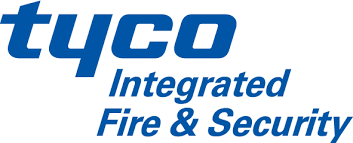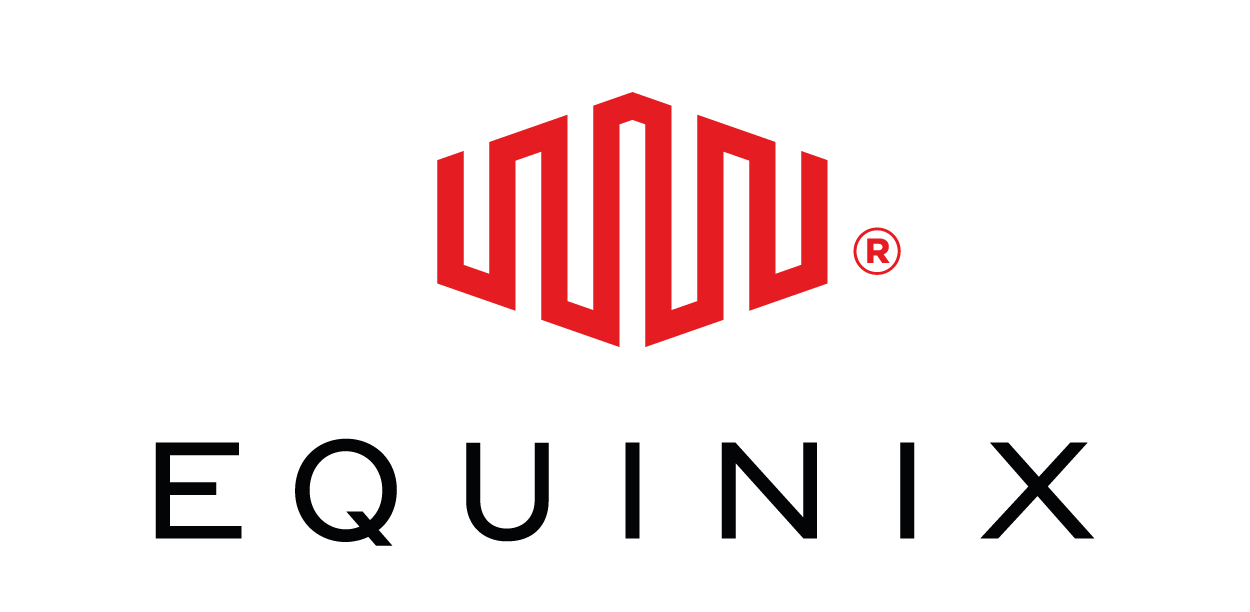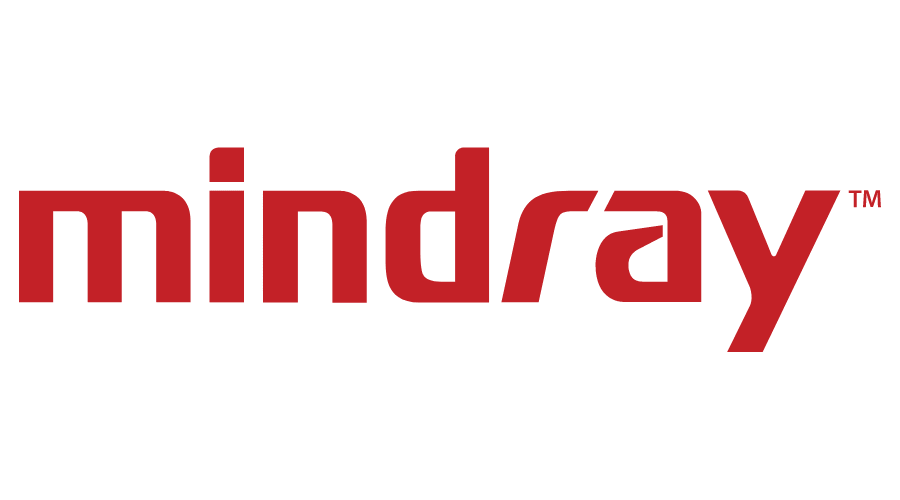CompTIA A+ Practice Test Questions & Answers for 2023
CompTIA A+ Practice Test Questions & Answers for 2023
Mastering the CompTIA A+ Exam: Practice Test Questions & Answers for 2023
The CompTIA A+ certification is a gateway to a successful career in IT. As the tech landscape evolves, staying updated with the latest knowledge and skills is vital. To help you prepare effectively for the 2023 CompTIA A+ exam, we've compiled a comprehensive set of practice test questions and answers.
The Significance of CompTIA A+
The CompTIA A+ certification serves as a foundational credential in the IT industry. It validates your understanding of essential concepts and technical skills, making it highly valued by employers. To assist you in your preparation, here are 25 practice test questions and answers tailored to the 2023 exam.
Practice Test Questions & Answers
1. Question: What are the primary functions of the CPU (Central Processing Unit)?
- Answer: The CPU executes instructions, performs calculations, and manages data in a computer, acting as the computer's "brain."
2. Question: What is the purpose of an IP address, and what is the difference between IPv4 and IPv6?
- Answer: An IP address uniquely identifies devices on a network. IPv4 uses 32-bit addresses, while IPv6 uses 128-bit addresses to accommodate the growing number of devices on the internet.
3. Question: What is the function of RAM (Random Access Memory) in a computer?
- Answer: RAM temporarily stores data actively used by the CPU, providing fast data access for efficient operations.
4. Question: Differentiate between a virus and malware.
- Answer: A virus is a specific type of malware that can replicate and spread to other systems. Malware is a broader term encompassing various malicious software, including viruses, spyware, Trojans, and worms.
5. Question: Explain the concept of RAID and its different levels.
- Answer: RAID (Redundant Array of Independent Disks) is used for data storage and redundancy. RAID levels include RAID 0 (striping), RAID 1 (mirroring), RAID 5 (striping with parity), and more, offering varying data protection and performance.
6. Question: What is the primary purpose of a firewall in network security?
- Answer: A firewall monitors and controls incoming and outgoing network traffic, helping protect a network by enforcing security rules.
7. Question: Describe the basic steps in troubleshooting a computer that won't boot.
- Answer: Troubleshooting steps typically involve checking hardware connections, verifying power supply, examining error messages, and using diagnostic tools to identify and resolve the issue.
8. Question: What is a MAC address, and how does it differ from an IP address?
- Answer: A MAC address (Media Access Control address) is a unique hardware identifier, while an IP address identifies a device on a network. MAC addresses are static and assigned by the hardware manufacturer, whereas IP addresses can be dynamic or static.
9. Question: What is the purpose of BIOS (Basic Input/Output System) in a computer?
- Answer: BIOS is firmware that initializes and manages hardware components during startup, providing essential instructions for the computer to boot and communicate with its hardware.
10. Question: Define the concept of virtualization in IT.
- Answer: Virtualization creates virtual instances of hardware, operating systems, storage, or networks, allowing multiple virtual environments to run on a single physical machine, increasing resource efficiency and flexibility.
11. Question: What is the primary role of an operating system in a computer?
- Answer: An operating system manages hardware resources, runs applications, and provides an interface for users to interact with the computer.
12. Question: What is the purpose of a DNS (Domain Name System) server?
- Answer: A DNS server translates human-friendly domain names into IP addresses, enabling users to access websites and resources using domain names.
13. Question: Explain the difference between HDD (Hard Disk Drive) and SSD (Solid-State Drive).
- Answer: HDDs use spinning disks for storage, while SSDs use flash memory. SSDs are faster, more durable, and energy-efficient compared to HDDs.
14. Question: What is a subnet mask, and how does it relate to IP addresses?
- Answer: A subnet mask defines the network portion and host portion of an IP address. It is used to divide IP addresses into subnetworks.
15. Question: What is the purpose of an anti-virus software, and how does it work?
- Answer: Anti-virus software is designed to detect and remove malicious software (malware) from a computer. It works by scanning files and processes for known malware patterns.
16. Question: Explain the concept of a VPN (Virtual Private Network).
- Answer: A VPN encrypts and secures internet connections, providing privacy and security for users. It is often used to protect data when accessing public Wi-Fi or to access resources on a private network.
17. Question: What is a BIOS update, and why might you need to perform one?
- Answer: A BIOS update is a software update for a computer's firmware. It may be necessary to add new features, improve hardware compatibility, or fix security vulnerabilities.
18. Question: Differentiate between HTTP and HTTPS.
- Answer: HTTP (Hypertext Transfer Protocol) is unsecured, while HTTPS (Hypertext Transfer Protocol Secure) encrypts data transmitted between a web browser and a web server, providing security for sensitive information.
19. Question: What is an API (Application Programming Interface), and how is it used in software development?
- Answer: An API is a set of rules and protocols that allows different software applications to communicate and interact with each other, enabling developers to access the functionality of other programs.
20. Question: What is a MAC filter in the context of network security?
- Answer: A MAC filter restricts or allows network access based on the MAC addresses of devices. It can enhance network security by controlling which devices can connect.
21. Question: What is a BIOS password, and how can it be reset if forgotten?
- Answer: A BIOS password is a security feature to protect system settings. If forgotten, it can usually be reset by physically manipulating hardware components or contacting the computer manufacturer.
22. Question: Explain the concept of dual-factor authentication (2FA) in cybersecurity.
- Answer: 2FA requires users to provide two forms of authentication, typically something they know (e.g., a password) and something they have (e.g., a mobile app or hardware token), enhancing security.
23. Question: What is the purpose of a proxy server, and how does it work?
- Answer: A proxy server acts as an intermediary between a client and a target server. It can provide anonymity, security, and caching for network requests.
24. Question: What is a command-line interface (CLI), and how does it differ from a graphical user interface (GUI)?
- Answer: A CLI allows users to interact with a computer by entering text commands, whereas a GUI provides a graphical environment with icons and menus for user interaction.
25. Question: Explain the concept of data backup and its importance in data management.
- Answer: Data backup involves copying and storing data to safeguard it against loss or corruption. It is crucial for data recovery in case of hardware failures, malware attacks, or data loss.
How can CompTIA A+ practice questions help you pass the exam?
Practice test questions are a valuable resource for CompTIA A+ exam preparation. Here's how they can assist you in achieving success:
1. Familiarization: Practice questions introduce you to the format and style of questions you can expect in the actual exam, reducing exam anxiety.
2. Knowledge Assessment: They help assess your understanding of key concepts, allowing you to identify areas where you need further study.
3. Retention: Practice questions reinforce your learning by testing your memory and comprehension of the material.
4. Time Management: Practicing with time limits prepares you to manage your time effectively during the actual exam.
5. Confidence Building: Regular practice builds confidence in your knowledge and exam-taking abilities.
To maximize the benefits of practice questions, ensure you review both correct and incorrect answers, as this can further enhance your knowledge.
Conclusion
Mastering the CompTIA A+ certification is a significant step toward a rewarding IT career. These practice test questions and answers for 2023 are designed to facilitate your preparation. However, remember to combine them with comprehensive study and hands-on experience. The IT industry is dynamic, so staying updated with the latest technologies and trends is critical to long-term success. Best of luck in your journey to become CompTIA A+ certified in 2023!












